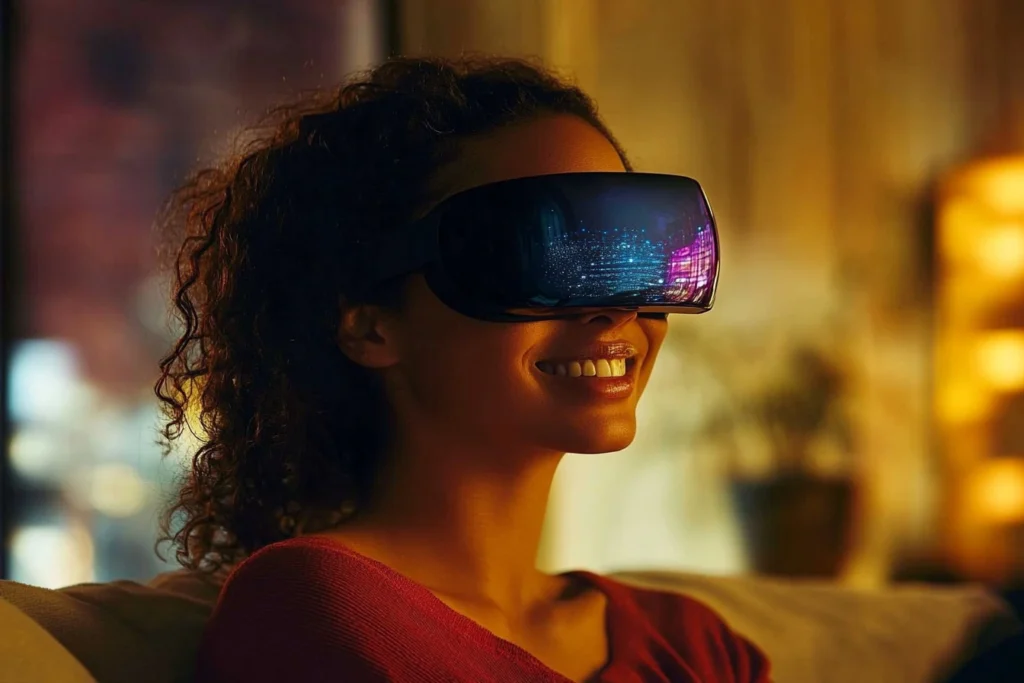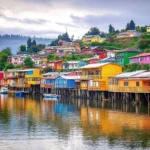Will VR Tourism Ever Beat Traveling In Real Life?
In recent years, technology have greatly influenced the way we experience our surroundings. Of these, virtual reality (VR) is seen as one of the most exciting new technologies for discovery allowing users to travel great distances without moving anywhere. As we step into this next phase of travel, the question remains: will virtual reality be able to replicate how rich it is to physically interact with a new culture?
Naturally, we Miss Real Travel
Travel is not only about traveling from one place to another, real-life travel has much more which includes diving into different cultures and languages eating exotic food making connections with people from all over the world. We interact with our environment through various sensory modalities (sights, sounds and smells) which help create lasting memories of our excursions.
We never forget trips to busy markets in Marrakech, hiking in the grand and wild landscapes of Patagonia or embracing New York City life. No matter how immersive that technology may become, these are moments we just can’t properly recreate in a digital space.
Reality: The Next Frontier of Discovery
By the way, with virtual reality travel there is an another possibility for visiting destinations. Famous landmarks, underwater ecosystems and even outer space have also become attractively accessible to users — without ever having to leave their living room thanks to VR headsets. This technology removes things like cost, time and even physical barriers to make this possible for those who otherwise wouldn’t be able or can afford extensive travel.
More over, there are educational experiences that VR can give us for our brain to understand variety of different places and situations. Operationalizing Historical recreations of significant sites, like virtual tours all serve as ways for the audience to connect with history in a more dynamic way.
Why Virtual Reality is Limited
However, because VR travel has limitations and drawbacks that make it impossible to pass for real-life experiences in totality. Even though technology can support visualization, it cannot possible create a smell associated with travel — which makes emotional reactions related to travelling shorter than the real ones. But moving to the edge of the Grand Canyon or basking in a Balinese sunset simply cannot be experienced with pixels only.
But the travel is communal (shared with friends, family or even strangers), and this sort of grounded ritual makes adventures more than fact-finding. The conversations that follow from mutual experiences or the magic of meeting someone, however briefly are central to what it is really like being on the road and this simply cannot be truly recreated by putting a headset.
Travel Ahead: It Takes Two to Tango
Instead of looking at virtual reality as the enemy or another beast robbing real-life travel, perhaps this could be a new form added to our list that allows for even more ways humans interact with one-another. VR can make the trip more meaningful, contextualizing and priming us for our actual journey alongside physical travel.
Trails of our recent past are littered with asylum applications, unusual diets… even foreign languages learnt through VR before embarking on a journey. Thus, VR could enhance the travel experience and make people more excited /informed once they arrived at their destinations.
Conclusion
In the end, dispensing fake airlines tickets is new and potentially exciting but it will never do away with real life experiences. As it emulates VR in the physical world, e.g. when used at live events like football games (read our coverage of NextVR and Voke here), you could imagine some blend of real-world travel plus virtual reality changing how we think about exploring this planet–taking full advantage of what both mediums do well. Yet, as technology will inevitably develop the discourse on travel and make it bigger than-ever-knew existed before — what we need to celebrate is that human connection/ discovery shall forever exist in our journeys.







